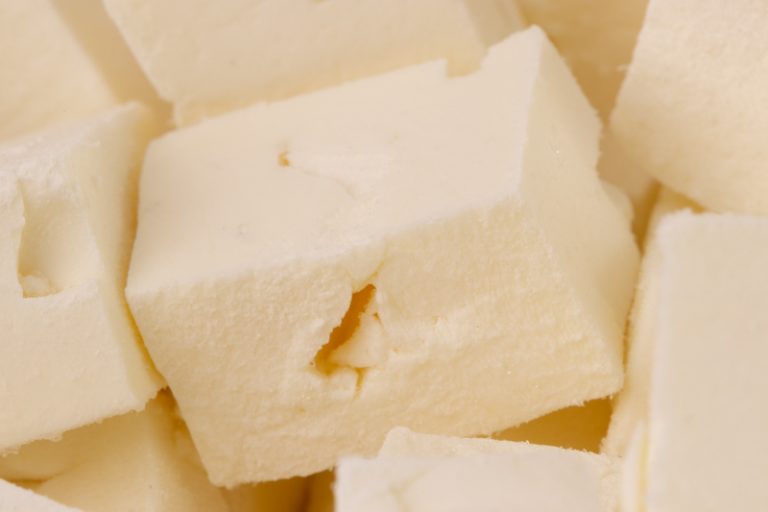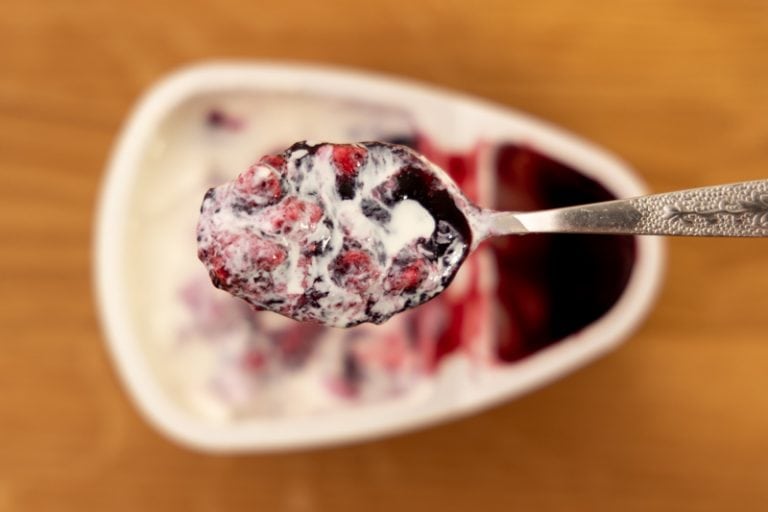Can You Freeze Blue Cheese? (Before & After Pics)
If you have too much blue cheese on hand, freezing is probably the first solution that comes to mind. Can you freeze blue cheese?
Most dairy products don’t freeze particularly well. Because of that, you probably want to know the ins and outs of freezing blue cheese before you open your freezer.
And that’s what this article is all about.

Can You Freeze Blue Cheese?
Yes, you can freeze blue cheese, but it comes at a price.
The cheese becomes crumbly and loses some of its taste. The quality is good enough to eat for breakfast, but not as good to serve as a part of a cheese platter at a birthday party.
Here’s blue cheese that I froze and then tried to slice:

As you can tell, it’s much crumblier than it was before freezing. Getting a decent-looking slice is nearly impossible.
However, if you have any cooked dishes in your repertoire (like sauces, soups) that feature blue cheese, I have good news. The changes that the cheese undergoes when you freeze it don’t matter all that much in such dishes.
Before you decide to freeze your blue cheese, make sure you check its date. Blue has a relatively long shelf life, and you might find a way to use it without resorting to freezing.
The bottom line: if you’re happy with crumbly blue cheese (some recipes require blue cheese crumbles) that’s taste might be a bit muted, feel free to freeze it.
When it comes to freezing blue cheese crumbles, all of the above applies. Crumbles usually are used in cooked dishes, so freezing them is just fine.

How To Freeze a Wedge of Blue Cheese
Before you start, consider how you’re going to use the cheese after thawing. This way, you can prepare it beforehand and have it ready whenever you need it.
Make it easy for your future self to use the blue cheese, and prep it now.
Here are some suggestions:
- leave the wedge whole if crumbly blue cheese is okay
- slice it if you want to put it on bread
- cube it if you will add it to a salad
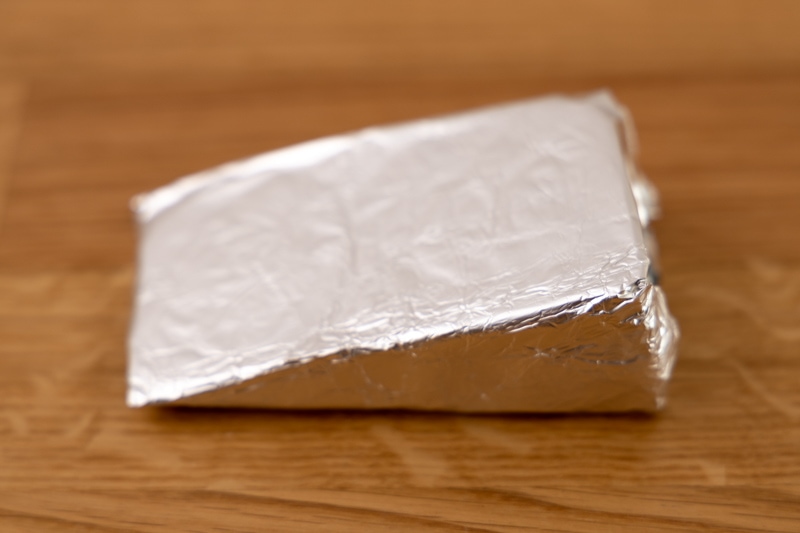
Here’s the step by step:
- Prep. Grab the wedge and cut it up. Use the suggestions above.
- Make portions. If you’re freezing blue cheese in bulk, divide all you have into a couple of portions. You will freeze each one separately.
- Wrap it. If you left the wedge whole or sliced it, wrap it with its packaging foil or aluminum foil. If you’ve cubed it, you can skip this step.
- Transfer into a container(s) or freezer bag(s). That will add an extra protection layer against the cold. If you went with the bag, remove air before sealing it (see photo below).
- Chuck everything into the freezer.
That’s it. You blue cheese can sit in the freezer for a couple of months, at least.
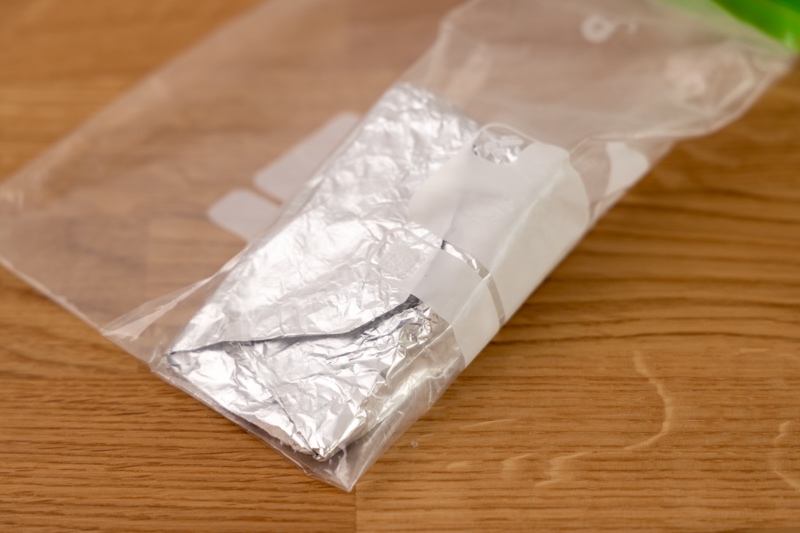
How To Freeze Blue Cheese Crumbles
Freezing blue cheese crumbles is much simpler and takes on a minute or two. Here’s how to do it:
- Portion. If your container has more crumbles than you need for a single dish, divide the cheese into portions. This way, you can thaw exactly as much as you need.
- Package. You can use the container the crumbles come in. If you have more than one portion, use airtight containers or freezer bags. If you go with the latter, remove air before sealing the bag.
- Transfer everything into the freezer.
And that’s a wrap. Those frozen crumbles can sit frozen for at least a couple of months without losing much quality.
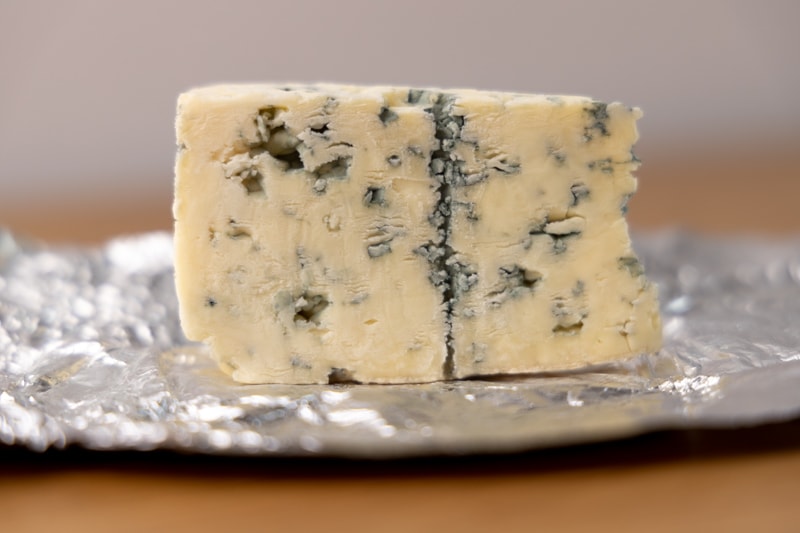
Defrosting Frozen Blue Cheese
When it comes to thawing blue cheese, there are two options:
- In the fridge. You transfer the frozen cheese from the freezer to the refrigerator and wait until it thaws. It can take anywhere between a few hours for a couple of slices and a whole day for a large wedge. Plan accordingly.
- Thaw while cooking. If you’re adding the cheese to anything that you cook on the stove or in the oven, you can often skip defrosting. Just throw it in frozen and watch it thaw in minutes.
Slow thawing in the fridge is the best option if you want the best quality possible.

Using Thawed Blue Cheese
As you already know, blue cheese gets crumbly and its taste might be slightly worse after freezing and defrosting.
When choosing how to use the cheese, you need to take those constraints into account. That means:
- Don’t serve thawed blue cheese as-is to any guests. Leave it for a busy weekday breakfast, when you probably don’t focus all that much on the taste of the food you eat anyway.
- If possible, melt that blue cheese in a soup, sauce, or on top of pasta. You won’t taste much of a difference, and you don’t have to bother with defrosting.

Despite the points above, I find defrosted blue cheese quite alright. Sure, the slices aren’t perfect, but that’s not a huge deal for me. It might be the same for you.
With all of the above in mind, here’s how you can use thawed blue cheese:
- Melt on top of pasta
- Add to soups
- Make blue cheese sauce
- Top pizza
- Use in salads
- Add to sandwiches
Conclusion
That’s it. I hope you found this guide on freezing blue cheese helpful.
Want to learn more about cheese in general?
Check out our guide:
Rotten Records: Share Your Snap!
Caught some food past its prime? Upload your photo to “Rotten Records” and help others spot the signs of spoilage. Every image makes our food community safer and more informed!

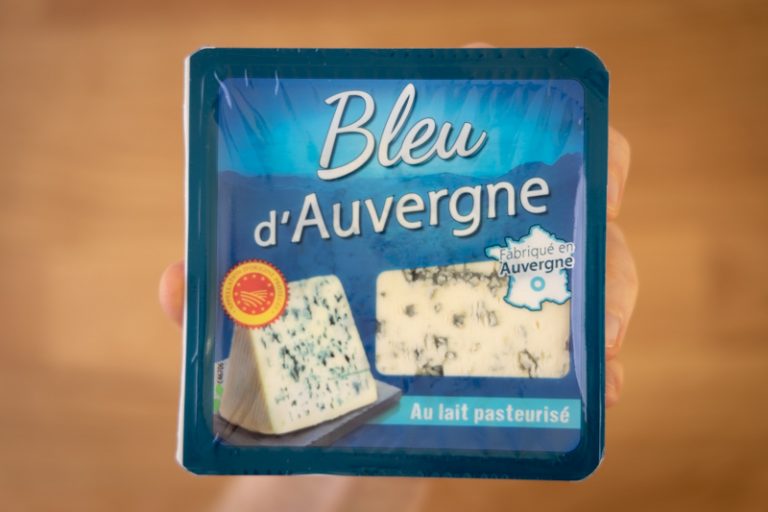
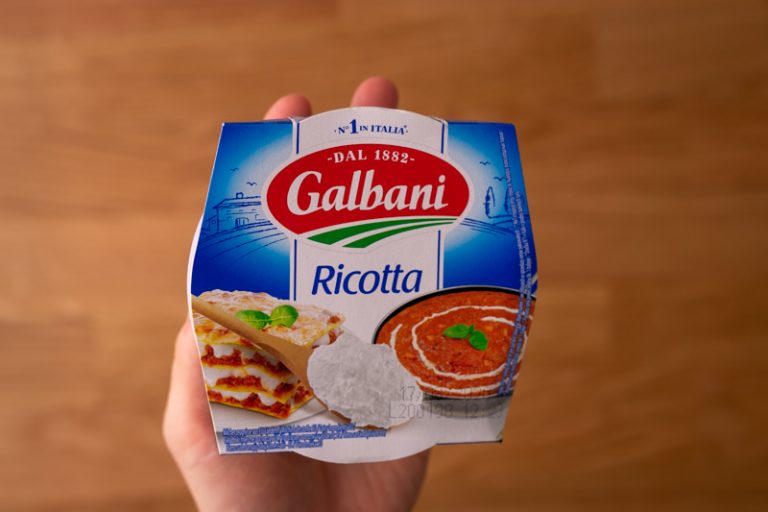

![How Long Does Brie Cheese Last? [Shelf Life & Spoilage]](https://www.doesitgobad.com/wp-content/uploads/Brie-in-cheese-wrap-768x512.jpg)
